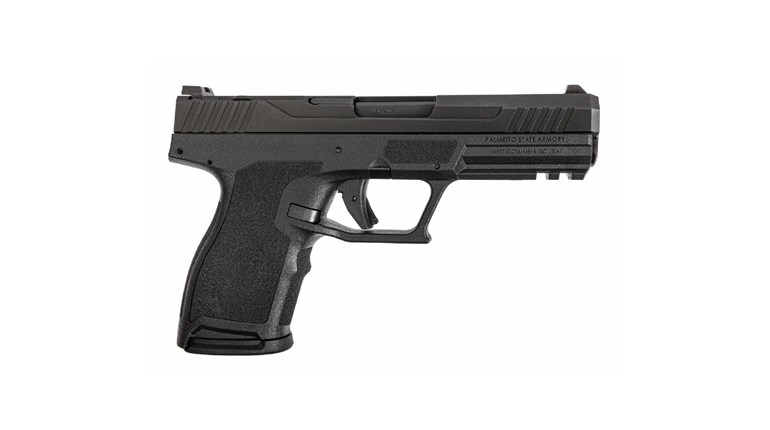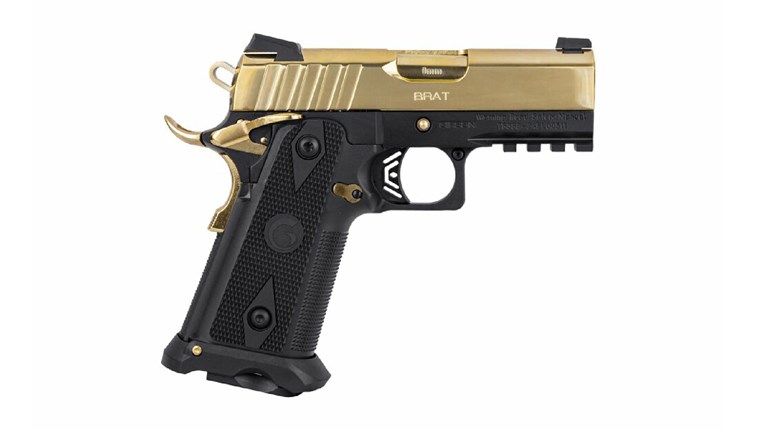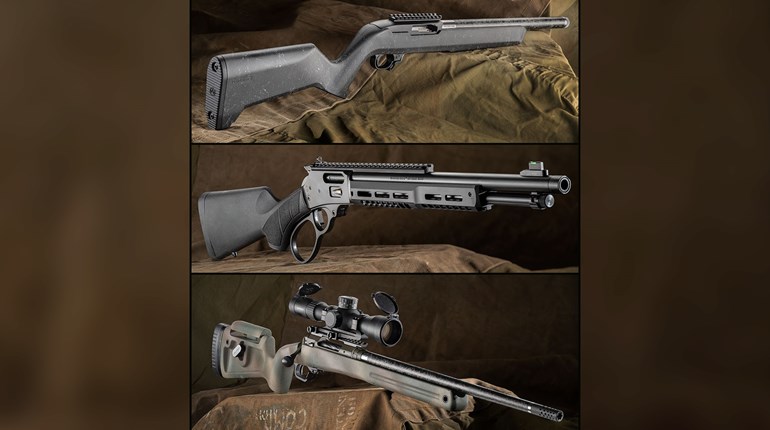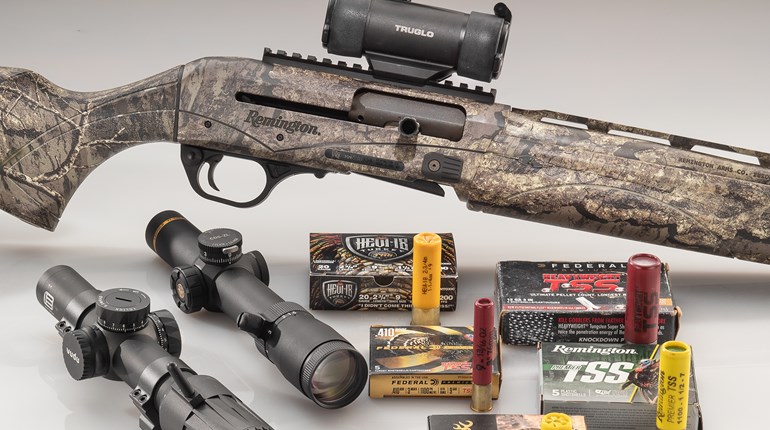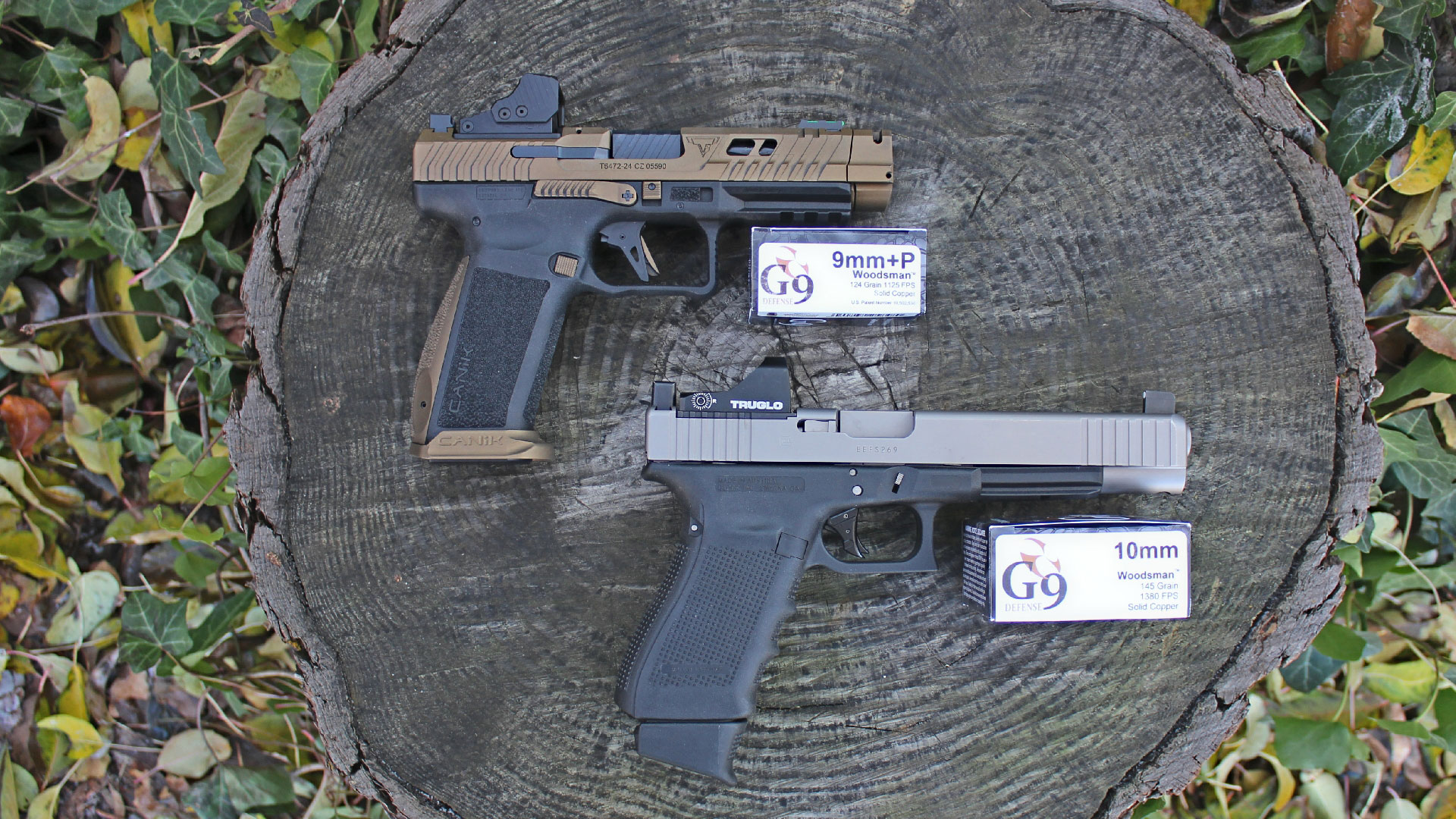
Not too long ago, I watched an online video in which the 9mm and 10mm Auto semi-automatic pistol rounds went head-to-head in a ballistic gel test to compare their effectiveness as bear defense loads. I watched this video and wondered if I had missed something. So, I watched it all the way through a couple of more times and still came away from the presentation feeling uneasy. Folks who have followed my work over the years know that I am not in the habit of bashing other creator’s hard work, or of being critical of the information they share. But in this case it seemed to me that important performance information was understated, or even avoided, when it needed to be clarified or emphasized for the sake of the viewers.

Let's start with what the production team got right, which was pretty much everything. This was a highly polished and professional presentation with a production budget that I aspire to with my videos. The videographers and sound mixers were top notch, the clean-cut presenters were professional and the shoot was conducted on a tidy, private, indoor range.
The pistols used were as mechanically identical as possible. They were made by the same company, from the same pistol line-up, all had the same barrel lengths and controls, and so on. The premium-grade, deep-penetration 9mm and 10mm loads used were made by the same manufacturer and topped off with comparable flat-point hard cast lead projectiles. After conducting the obligatory chronograph and paper target evaluations, they lined up two Ballistic Dummy Lab's Loaded Grizzly Bear Heads. One dummy was shot with the 9mm and the other with the 10mm. High-speed cameras captured the impacts and effects of the bullets’ strikes precisely and clearly. It was easy to see why these dummies are so popular for bear-related ammunition tests on the shooting video circuit these days.

With the gel tests completed, the presenters then summed up their findings and wrapped up by wishing their viewers a fond farewell. Overall, it was a well done and informative piece of ammunition testing work. So what was it, exactly, about this video evaluation that caused concern? It wasn't what was presented, but rather the summarizing statements which were distinctly absent.
All of the test results and data were there visually, and the presenters brushed up against them here and there in the course of their on-screen conversation. Shooting-sports enthusiasts in the know would be able to glean the answers to the two most important questions posed by the evaluation: Which of the two rounds tested was the more potent bear stopper; and where does the 9mm cartridge fit on the bear defense options scale?

But these guys danced around a clear answer. They were careful to step around any kind of statement or comment that could be interpreted as less than complementary of the 9mm cartridge. Some decision maker was obviously worried about alienating their audience, if they were too plain spoken about the results. It was like watching an old Saturday Night Live sketch of Stuart Smalley's Daily Affirmations. I kept waiting for them to say, "... and your 9mm is good enough, and strong enough and, doggone it, people like you!"
This avoidance of clearly stating the test results made me uneasy, because someone less knowledgeable about ammunition performance could come away from this video thinking that a 9mm pistol used for bear defense can be 'just-as-good-as' a 10mm Auto—this is not the case. But oversimplified ‘black/white’ or ‘good/bad’ statements are not particularly representative of the answers either. Therefore, it is with good intentions (and at the risk of ruffling some feathers) that I'm going to pin down the answers that this particular online video so assiduously avoided.

Let's start with this question: Is a 9mm pistol ‘just-as-good-as’ 10mm Auto for bear defense? When comparing these two loads side-by-side under the controlled conditions used in the video, both bullets punched through the simulated skulls and penetrated deeply enough into the gelatin brain matter to be deemed effective. Based on what I saw, I concur. If bone-breaking penetration is the primary goal, then this particular 9mm gun and ammunition combination passed muster.
However, what was seen but not discussed was the more devastating effect of the 10mm round. It clearly hit harder and caused greater tissue disruption than the 9mm. Whereas there was some fracturing around where the 9mm struck, the high-speed video of the dummy shot with the 10mm showed significant fracturing, so much so that the skull was essentially held together by the gel surrounding it. If one only had the video footage to go by, the potential for a one-shot stop is higher with the 10mm Auto pistol used in the evaluation than the 9 mm.
That brings us to the next question: Where do 9mm pistols fit on the bear-defense caliber scale? We recently posted a piece discussing the use of 9mm pistols as trail guns, which includes tables of handgun performance data. Rather than duplicating all of the information shown there, this table contains some of my own performance testing for 9mm, 10mm Auto and .357 Magnum handguns suitable for trail use:

As you can see from the limited data shown here, a duty-size 9mm pistol can generate bullet velocities and energy levels which overlap into the lower end of the .357 Mag. revolver performance levels. The .357 has long been considered the adequate minimum for bear medicine. During a conversation with a well-known hunter and media member, he talked about harvesting a black bear using a .357 Mag. revolver. It was taken with a single head-shot using his hand-loaded rounds topped with 180-grain hard cast semi-wadcutter bullets launched using an energetic charge of powder. His examination of the carcass revealed notably deeper penetration and a more effective wound channel than he expected from a .357 Mag. He said he’s felt much more comfortable packing a .357 in those regions after this experience.

Does a story like this mean that a 9mm pistol can be 'just-as-good-as' a .357 Mag. revolver? Again, the answer is no. A 9mm pistol loaded to its maximum deep-penetration performance potential still hits like a lighter .357 Mag. round, not a full-power 180-grain penetrator like my associate used. In short, 9mm pistols represent the very bottom rung of the bear defense handgun caliber ladder. Yes, when properly loaded they can punch into a bear’s skull to get the job done. But given a choice, I would pick a .357 Mag. revolver or a 10mm pistol over a 9mm just about any day of the week. And don't forget, all three of these caliber options are on the lower end of the performance spectrum. The notably more potent .44 Magnum revolver round is often considered the middle-rung handgun caliber for bears.
There's a quote attributed to either astronaut John Glenn or Alan Sheppard which says, "As I hurtled through space, one thought kept crossing my mind—every part of this rocket was supplied by the lowest bidder." If you do have to face off against a force of nature as utterly awe inspiring as a perturbed bear, especially those of the brown or grizzly variety, do you want the bear gun at hand's primary advantage to be that it's the least expensive to practice with? That's a decision you'll have to make for yourself.

That being said, if a 9mm is whatchagot to work with, then it provides you with options that would be unavailable if you left it at home. Just make sure to purchase the right type of deep penetration ammunition since hollow points intended for two-legged threats are far less likely to be effective in these situations. For those who can invest in a more potent gun and ammunition combination, then do so if there be bears where your paths lead.
It is my sincere hope that folks who are researching defensive firearms, whether for urban or wilderness settings, will choose to not to be offended by or resistant to ammunition performance information. Those of us who are in the business of providing readers and viewers with this don't always agree, but hopefully our motivations are the same. We want to present this data so that you can make more informed decisions about what will work best for you, while providing the intended outcome you seek should the need arise. And wherever you are in your self-defense journey, just know that, doggone it, we like you and want you to succeed in your shooting endeavors.













